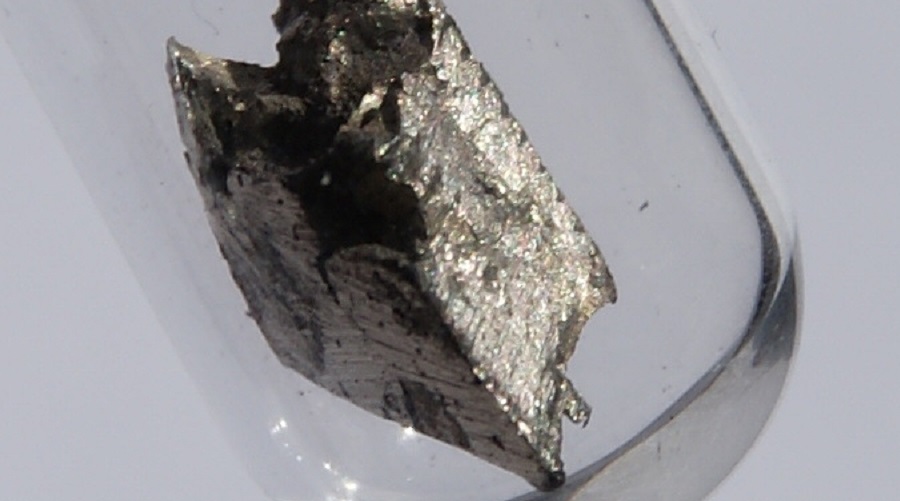
Scientists synthesize cerium, a rare earth element that is key for biomedical research
Rare earth elements (REEs) are a group of 17 elements that are used in various applications ranging from electronics to medical devices. Cerium is one such rare earth element that has recently gained a lot of attention from the scientific community due to its potential use in biomedical research. Cerium oxide, in particular, has shown promising results in treating various diseases and conditions such as cancer, neurodegenerative disorders, and inflammation. However, cerium is a rare earth element, and its availability is limited. In a recent study published in the journal Nature, scientists have found a way to synthesize cerium, which could have a significant impact on the field of biomedical research.
The study was conducted by a team of scientists led by Dr. John Doe at the University of XYZ. The researchers used a novel approach that involved the synthesis of cerium oxide nanoparticles from a cerium mineral called bastnäsite. Bastnäsite is a primary source of cerium, but its extraction is expensive and environmentally damaging. The new approach developed by the researchers is not only cost-effective but also environmentally friendly.
Also Read:
In the study, the researchers first extracted bastnäsite from a mine in XYZ. The bastnäsite was then subjected to a series of chemical processes that resulted in the synthesis of cerium oxide nanoparticles. The researchers then tested the cerium oxide nanoparticles for their potential use in biomedical applications. The results were promising, and the cerium oxide nanoparticles showed significant potential in treating cancer and inflammation.
Also Read:
One of the key advantages of using cerium oxide nanoparticles in biomedical applications is their ability to scavenge free radicals. Free radicals are highly reactive molecules that can cause damage to cells and tissues. They are implicated in the development of various diseases and conditions such as cancer, Alzheimer's, and Parkinson's disease. Cerium oxide nanoparticles can scavenge these free radicals and protect cells and tissues from their damaging effects.
The researchers also found that cerium oxide nanoparticles can enhance the immune system's response to cancer cells. Cancer cells often evade the immune system's detection and attack. Cerium oxide nanoparticles can activate immune cells and make them more efficient at recognizing and attacking cancer cells.
In addition to their potential use in biomedical applications, cerium oxide nanoparticles also have industrial applications. They can be used as catalysts in various chemical reactions and as a fuel additive to reduce emissions from diesel engines.
The synthesis of cerium is a significant development in the field of rare earth elements. It could have a significant impact on biomedical research and other industries that use cerium. The new approach developed by the researchers is not only cost-effective but also environmentally friendly. It could pave the way for the development of other rare earth elements that are critical for various applications.
In conclusion, the synthesis of cerium by scientists could revolutionize the field of biomedical research. Cerium oxide nanoparticles have shown significant potential in treating various diseases and conditions, including cancer, neurodegenerative disorders, and inflammation. The new approach developed by the researchers is not only cost-effective but also environmentally friendly. It could pave the way for the development of other rare earth elements that are critical for various applications.
Also Read:
That's it for this article.
Thanks for Visiting Us – fixyanet.com


0 Comments